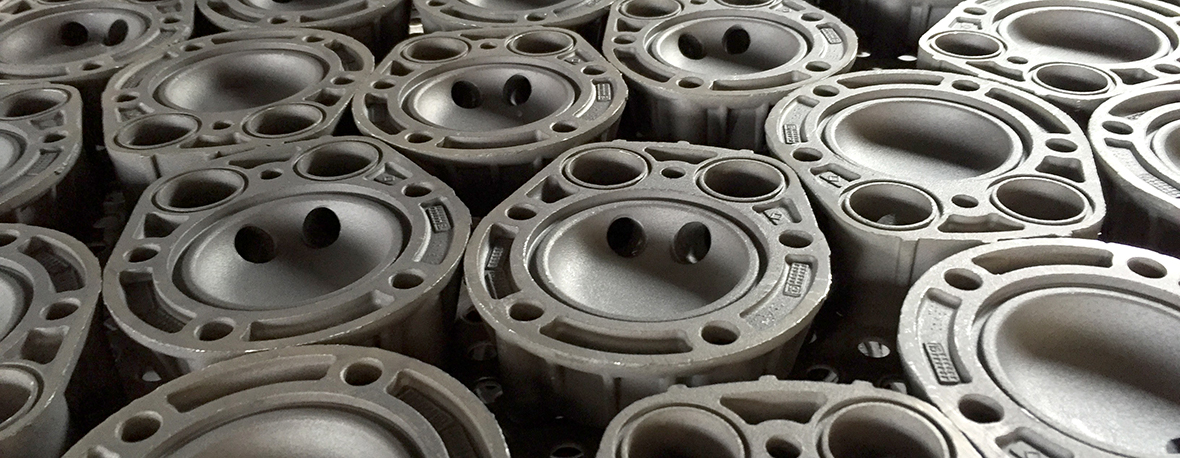
Electroless Nickel Plating
29 June 2016
Impregnising
27 June 2016Anodizing

Anodizing, also called anodisation, is an electrochemical process by which the surface of a metal (aluminum and its alloys) is converted to an oxide.
The anodic oxidation consists in placing in a bath of sulfuric acid electrolysis the anode object, in such a way that this is covered by a layer of oxide. The sulfuric acid electrolyte is the most widely used for the 'anodizing with direct current and produces a transparent oxide coating, which from 2.5 to 75 µm thickness varies with characteristics of toughness, adhesion and compactness.
By appropriate control of electrolyte and process parameters can be produced anodic coatings suitable for a particular purpose; coatings fact can be thin, thick, or thick and porous; the degree of porosity, which determines their absorption characteristics of the treated piece, primarily effects on the abrasion resistance. Our anodic oxidation plant consists of a series of tubs containing 2 thousand liters of a sulfuric acid solution at a temperature of 20-25 celsius; the anodizing time varies depending on the type of material and thickness required. After the anodizing treatment there is the possibility of coloring the anodic oxide through immersion in solutions consisting of organic pigment; coloring available in our facility is black.
The details are then dried thoroughly by blowing and, when required, is scheduled lubrification of the them.
